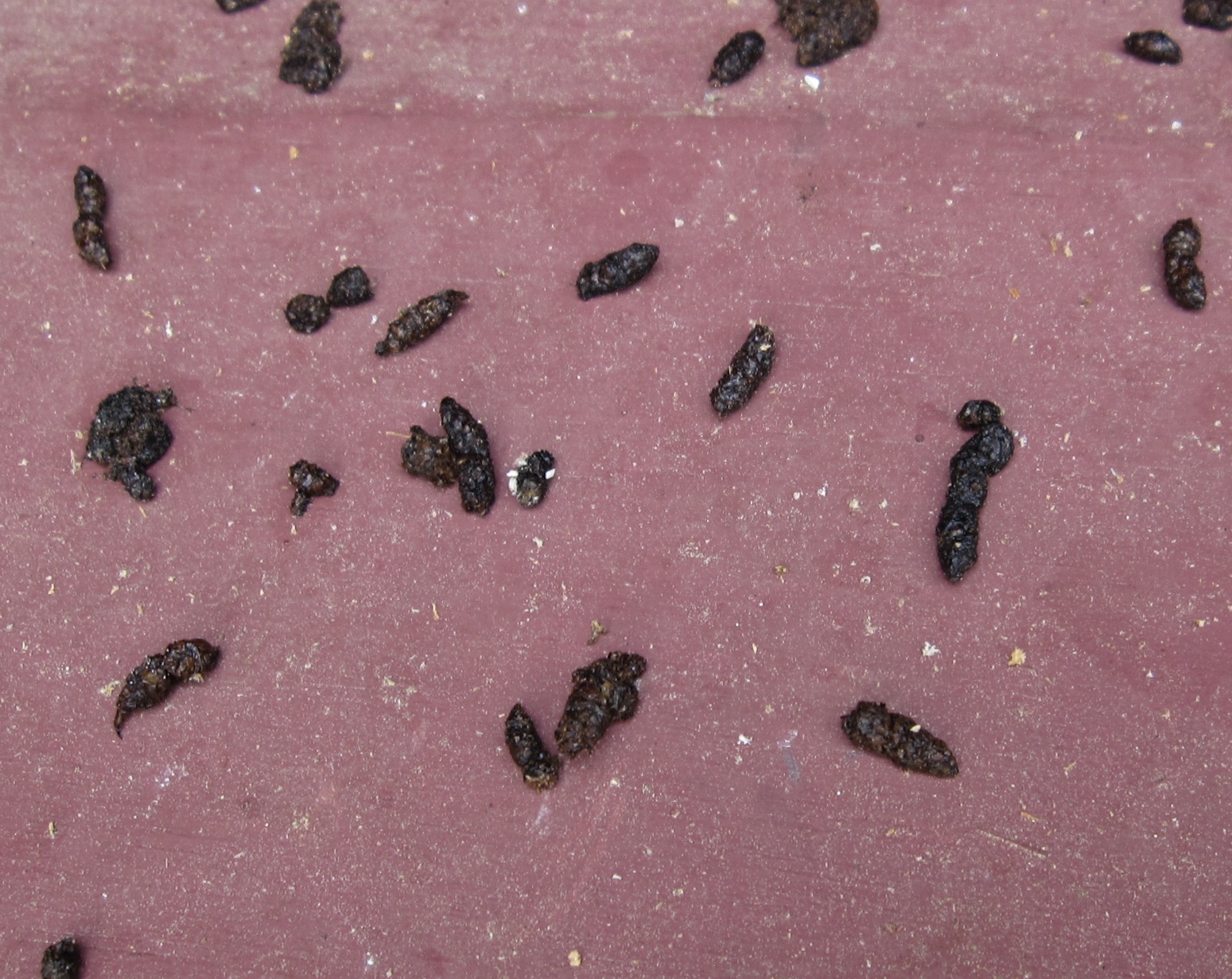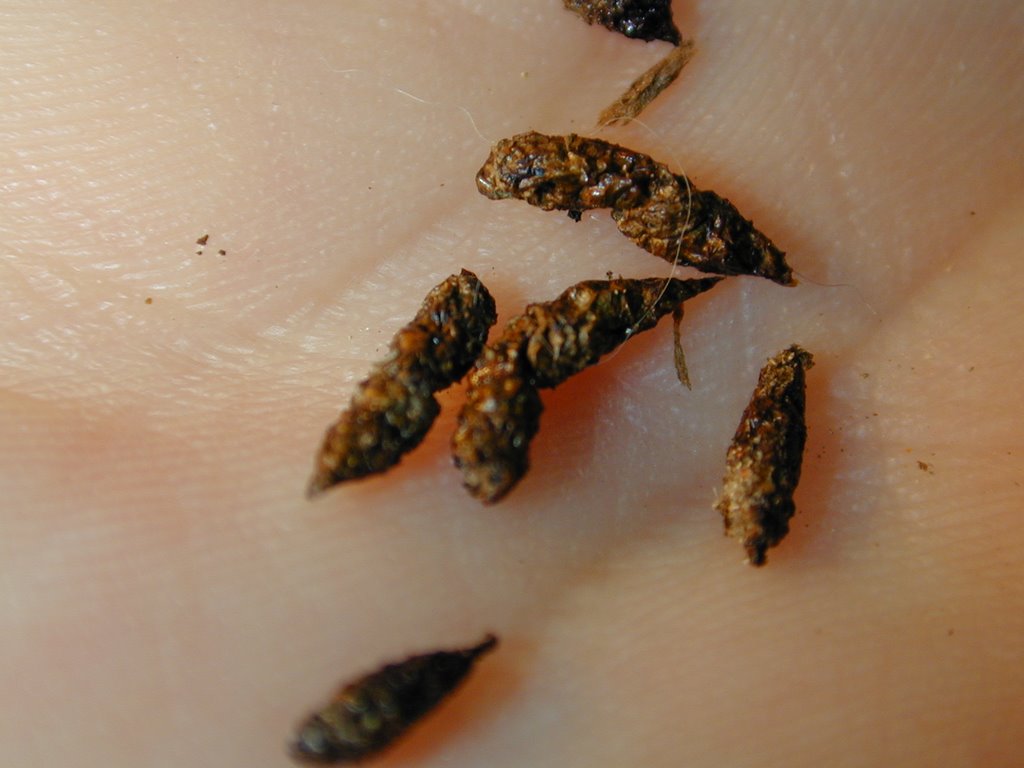What Does Bat Poop Look Like? A Clear Guide To Identifying Guano
If you’ve ever wondered what bat droppings look like or how they differ from other animal excrements, then you’re in the right place. As an expert in wildlife and environmental studies, I can tell you that knowing these things can be very helpful. It's really quite important to understand these tiny clues, especially if you think bats might be living nearby.
Many people, you know, wonder what bat droppings look like, especially if they suspect bats might be roosting in their attic or home. It's a very common question, and getting a clear answer helps a lot. Finding these little bits of evidence can be the first step in figuring out if you have some nocturnal visitors.
Here, we'll learn how to identify bat guano, understand its risks, and safely clean it up. It's all about getting the right information so you can act with confidence. So, we'll cover the appearance, how to tell it apart from other things, and what steps to take next.
- What Happened To Dennis Tissington.linkmaz
- Damson Idris Father.linkmaz
- Jade Castrinos Drugs.linkmaz
- King Von Dead Body.linkmaz
- Wasmo Somali Telegram Link Your Ultimate Guide To Accessing Exclusive Content.linkmaz
Table of Contents
- What Does Bat Poop Look Like?
- Bat Poop vs. Mouse Poop: The Key Difference
- Why Identifying Bat Droppings Matters
- Frequently Asked Questions About Bat Droppings
- What to Do If You Find Bat Guano
What Does Bat Poop Look Like?
Bat droppings, also known as bat guano, have some very distinct features. They are small, dark, and often found in clusters, which is, you know, a pretty good indicator. Many people just don't realize how unique they are until they see them up close. They can, at first glance, look very similar to other types of animal waste, but there are always key things to spot.
The Shape and Size of Bat Droppings
When you're looking at bat droppings, you'll notice they are oval in shape, kind of like a rugby ball. They aren't perfectly round, but more elongated. These little pieces are quite small, typically between 4 and 8 millimeters long. To give you a good idea, that's slightly larger than a single grain of rice, so they're really tiny, actually.
Unlike bird guano, bat feces is usually the size of a grain of rice, as I was saying. It is often described as small and elongated, dark brown or black pellets. This consistent size and shape is, in a way, one of the first things you'll pick up on when you're trying to identify them.
- Owen Wilsons Nose The Story Behind The Iconic Feature.linkmaz
- Odia Viral Mms A Deep Dive Into The Controversy And Its Fallout.linkmaz
- Hikaru Nagi Unveiling The Fascinating World Of Sone436.linkmaz
- Hd4hub Hindi Dubbed Movie Your Ultimate Guide To Entertainment.linkmaz
- Subhashree Sahu Mms Video Unveiling The Facts And Debunking The Myths.linkmaz
Color and Texture Clues
The droppings are dark in color, often black or a very deep brown. Single pellets look like long thin granules, and they have a shiny and speckled coloring to them. This shiny appearance is, you know, a rather telling sign, and it's because of what bats eat.
Bat poop, also known as guano, takes the form of tiny, black, and elongated pellets. Unlike mouse poop, they crumble under pressure and may contain remnants of insect parts. This is a very important detail, as it gives you a clue about their diet. You might even see little shiny bits, which are the wings or exoskeletons of bugs they've eaten.
Bat droppings, known as guano, are small and dark in coloration. The elongated pellets are crumbly and turn to dust when touched. This crumbly nature is, in fact, the most distinguishing feature, and we'll talk more about that very soon. It's what makes them different from other things you might find.
Where You'll Typically Find Bat Guano
Bat scat is usually dropped from the roosting point on your roof. So, if you have bats, you'll often find these droppings directly underneath where they hang out. They accumulate in large black piles, which can be quite noticeable if the bats have been there for a while. It's, you know, a pretty clear sign of their presence.
These piles can get quite big over time, especially if a whole colony is living above. You might find them in attics, on window sills, or near entry points the bats use. Seeing these accumulations, in a way, confirms that you have more than just one or two bats passing through; it suggests a more established roost.
Bat Poop vs. Mouse Poop: The Key Difference
Bat droppings can look very similar to mouse droppings. Both are dark and shaped like grains of rice, which can make things a bit confusing. However, they can be easily distinguished from rodent droppings by doing one simple thing. This distinction is, arguably, the most crucial part of identifying what you're seeing.
The Famous "Crumble Test"
The ‘crumble test’ is your best friend here. Bat guano tends to crumble easily when touched. If you gently poke a pellet with a stick or a gloved hand, it should break apart into a fine powder, almost like dust. This is because bats only eat insects, and their digestive system breaks down the hard insect parts, leaving behind a brittle residue.
Unlike mouse poop, which is quite firm and will not crumble, bat droppings simply fall apart under pressure. Mouse droppings, you know, are usually more solid and hold their shape, so they won't turn to dust. This distinct difference is, frankly, what makes the crumble test so reliable. It's a quick and simple way to tell them apart, really.
Why Identifying Bat Droppings Matters
Knowing what bat droppings look like is more than just curiosity; it's important for your health and safety. Bat guano, in some respects, isn't just a mess; it can pose some real risks. So, understanding what you're dealing with is a very good first step.
Potential Health Concerns
Bat droppings can be a source of fungal spores that cause a respiratory disease called histoplasmosis. This fungus, when disturbed, can release spores into the air, and if inhaled, they can cause lung infections. It's a serious concern, especially in enclosed spaces like attics where guano might accumulate. Learn more about histoplasmosis from a reliable source.
Because of this potential health risk, it’s really important not to handle bat droppings without proper protection. You know, breathing in those spores is something you want to avoid at all costs. This is why identification is key; it helps you decide how to approach the situation safely.
Safe Cleanup Practices
If you confirm that you have bat guano, safe cleanup is absolutely vital. You should wear protective gear, including gloves, a respirator (N95 or higher), and eye protection. It's also a good idea to dampen the droppings slightly before cleaning to prevent dust and spores from becoming airborne. This step is, actually, pretty crucial for safety.
Using a HEPA-filtered vacuum can help, or you can scoop the material into heavy-duty bags for disposal. Never just sweep or blow the droppings, as this will spread the spores. After cleanup, surfaces should be disinfected. This careful approach is, in a way, what keeps everyone safe from potential health issues.
Frequently Asked Questions About Bat Droppings
People often have similar questions about bat droppings. Here are some common ones that, you know, come up quite a bit.
Do bat droppings smell?
Yes, bat droppings can have a noticeable smell, especially in large accumulations. It's often described as a strong, musty odor, sometimes with an ammonia-like scent. The smell tends to be more pronounced in humid conditions or when the guano is fresh. So, a strong, unusual smell could be another clue that bats are nearby, really.
Are bat droppings good for plants?
Bat droppings are often used as fertilizer because of their high nitrogen content. Bat guano is rich in nutrients like nitrogen, phosphorus, and potassium, which are very beneficial for plant growth. It's, in fact, a popular organic fertilizer among gardeners. This is why, you know, some people actually seek it out for their gardens, but it's important to know the source and handle it properly.
How quickly do bat droppings accumulate?
The rate of accumulation depends on the number of bats present. A large colony can produce a significant amount of guano very quickly. You might see new droppings appear daily if bats are actively roosting in an area. So, if you notice a pile growing rapidly, that, is that, a pretty clear sign of an active and possibly large bat population.
What to Do If You Find Bat Guano
If you think you may have bats in or around your home, finding guano is a strong indicator. Your next step should be to confirm the presence of bats themselves, not just their droppings. This usually means observing your home at dusk to see if bats are flying out of any openings. You know, seeing them leave is pretty definitive.
Once you've confirmed bats, it's generally best to contact a professional wildlife removal service. Bats are protected species in many areas, and it's illegal to harm them. Professionals can safely and humanely remove the bats and seal entry points to prevent them from returning. They can also advise on proper cleanup of the guano, which is, you know, very important for safety.
Remember, dealing with bats and their droppings requires a careful approach to protect both yourself and the bats. Learn more about bat exclusion methods on our site, and for further details on wildlife control in your area, check out our other resources.
- Unlock The Ultimate Entertainment Experience With Vegamovies 30.linkmaz
- Alyx Star Movie.linkmaz
- Zefoy Com.linkmaz
- Full And Exclusive Monalitaxo Leak 2023 All You Need To Know.linkmaz
- Kai Trump Speech Problem Understanding The Challenges And Finding Solutions.linkmaz

What Does Bat Poop Look Like? Bat Droppings Identification - Animal Hype

How to Remove Bats: What Does Bat Poop Look Like?

How to Remove Bats: What Does Bat Poop Look Like?